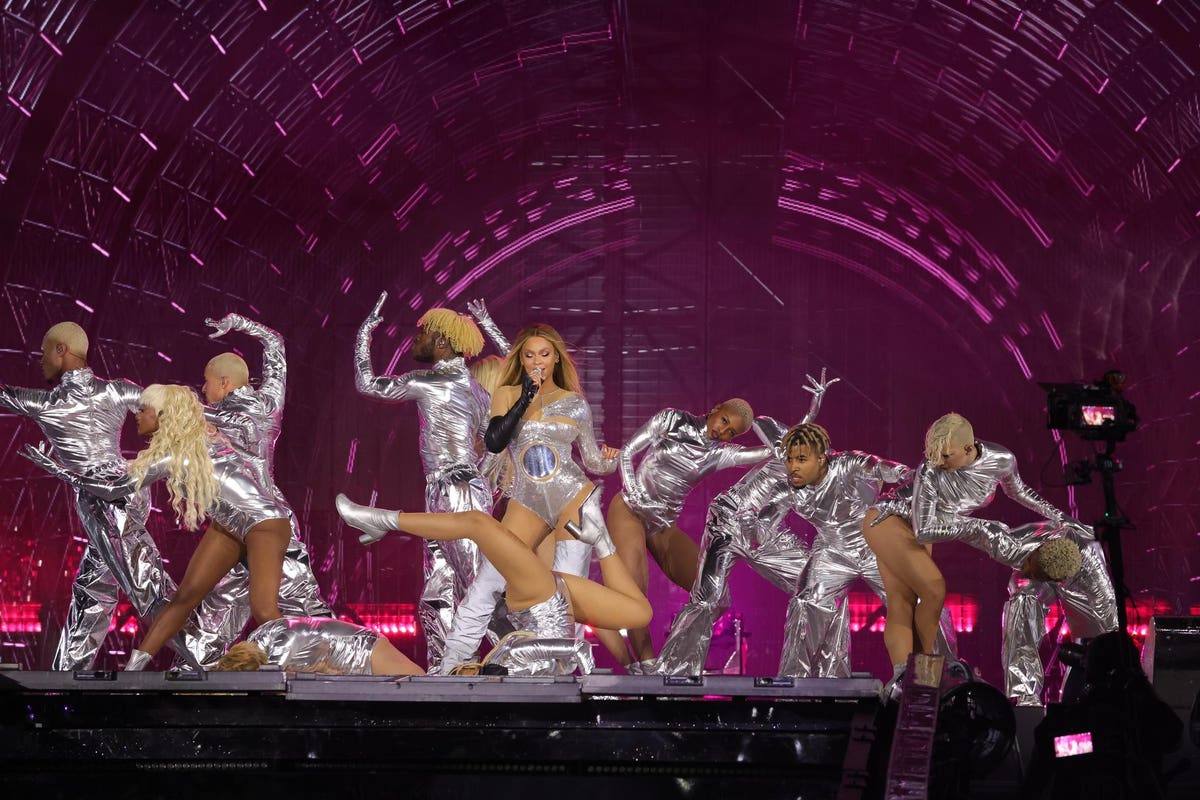Focusing on showing underrepresented groups that they belong with you does not alienate other consumers who are not part of that community. Beyoncé is the latest proof source of that.
Beyoncé’s current Renaissance World Tour, for her seventh solo studio album Renaissance is her highest grossing tour yet, and the highest ever among all Black female artists. Optimistic estimates for the tour show that it could gross more than $2 billion, more than all of her previous tours combined.
The album is dedicated to Beyoncé’s late uncle Jonny, who she credits with introducing her to much of the musical styles from Queer culture, that inspired and are featured in the album.
The album also includes collaboration from many artists within the LGBTQ+ community, including Big Freedia, Syd, and DJ Honey Dijon.
Many fans have expressed their excitement and gratitude that the album feels like an homage to LGBTQ+ culture, specifically Black Queer culture, and its influence on today’s culture.
And now with the Renaissance World Tour, Beyoncé goes further with her inclusion of the LGBTQ+ community, when she turns the stage over to dancers who do a more than five minute ballroom battle interlude, again featuring people from the community including Honey Balenciaga.
Even though the Renaissance album and tour heavily features and highlights the LGBTQ+ community, it has not negatively impacted overall sales, or deterred people who aren’t part of the community from listening to the music or attending the live shows.
A common objection many brands have for engaging in inclusive marketing is that they don’t want to alienate their existing consumers by catering to a niche group.
But the reality is, when you include more people, by showing people from marginalized communities that they do belong with you, it doesn’t mean that people from dominant groups won’t feel like they belong. It just means more people feel like they belong with you.
In 2018, when Marvel’s Black Panther broke box office records earning more than $1.3 billion worldwide. Black people all around the world flocked to see it, and for many, it was their first introduction to the Marvel universe.
But Black audiences were not the only ones to see Black Panther, which is the highest grossing movie with a Black director, and the highest grossing movie with a predominantly Black cast. Lots of people who do not identify as Black went and saw the movie too. One writer described the movie as a “a film made for everyone, but with Black people in mind.”
This principle isn’t just applicable in the entertainment industry, it’s proven true in many other industries as well. In an Ad Age special report, Neil Golden, who was McDonald’s chief marketing officer at the time, talked about one of the brand’s most popular ad campaigns, “Big Day.”, He noted that it had many touching moments and that “nearly anyone would enjoy watching it and connect with the universal themes, but there are many components that resonate specifically with the African-American experience, like jumping the broom.”
The campaign was designed for the niche, but it won the masses.
Jim Farley is the president and CEO of Ford. He talked about how one of the brand’s most popular campaigns followed the same principle, “one of our most popular campaigns with dealers and consumers was a TV commercial for the new Ford Explorer with comedian Kevin Hart. It was developed for African-American audiences, but [then] we used it for the general market —it was one of our key ads for the Explorer launch.”
When the NFL debuted a commercial featuring flag football star Diana Flores during the Superbowl earlier this year, including a conversation in Spanish with Diana and her onscreen mother, it did not diminish the experience for non-Spanish speakers when watching it. It did however make Spanish-speakers feel seen.
When a restaurant decides to make ample options on the menu available for people who are vegan or gluten-free, they aren’t diminishing the experience for people who don’t have those dietary restrictions. In fact, they might not even notice those options are even available on the menu. But people with dietary restrictions will be appreciative of the restaurant taking the time to see them and to ensure they have a great dining experience at the restaurant.
It isn’t enough to just say ‘all are welcome’ with your messaging and with the products, services, and experiences you deliver. Consumers that have historically been underrepresented and underserved often need you to speak to them directly, to show them that you see them and you get them, and that you’ve designed experiences with them in mind, before taking the next step forward with you.
Follow the lead of Beyoncé and these other brands that are designing experiences to show marginalized communities they belong with them. Not only will you win the attention and loyalty of consumers from these underrepresented and underserved communities, but you’ll also continue to win the masses as well.
Read the full article here





